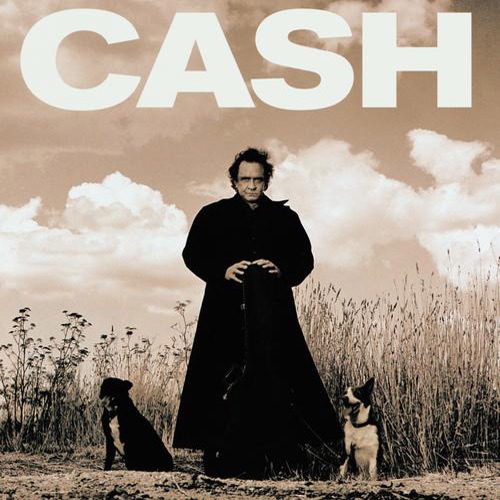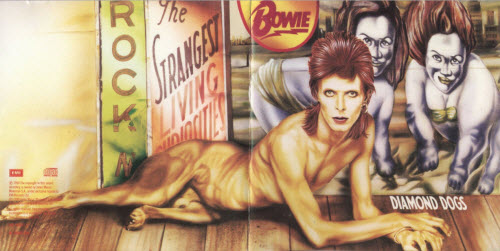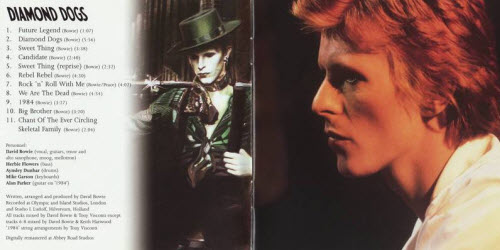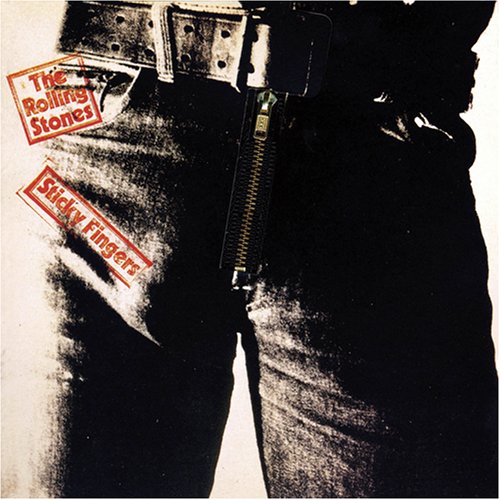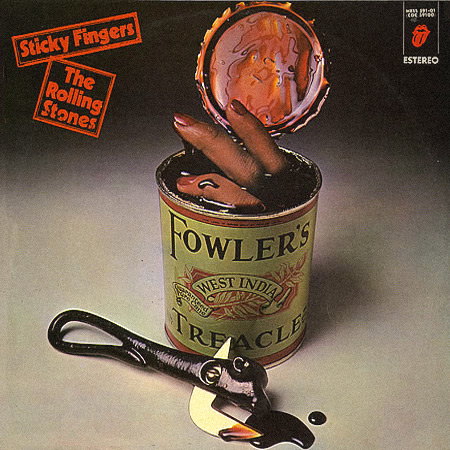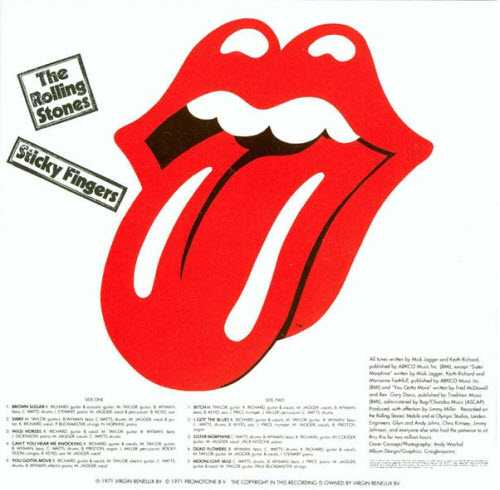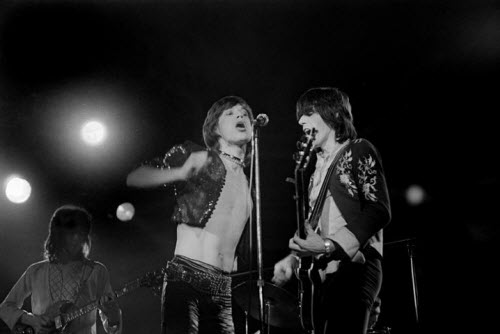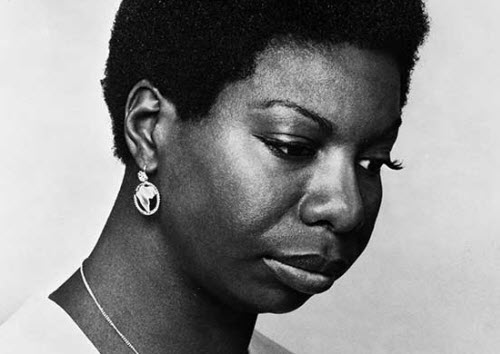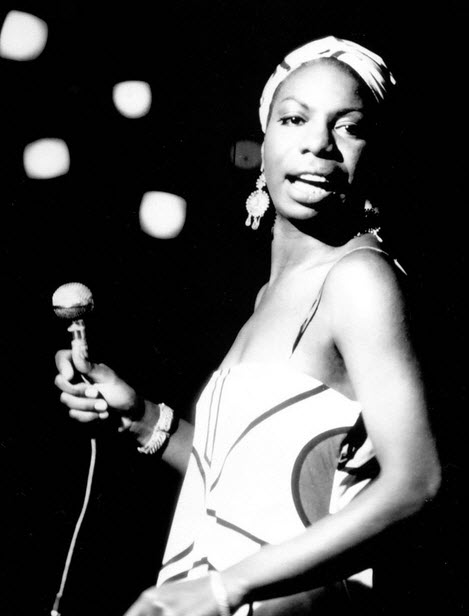…..I did the album, and I call it that, but what it means is for other people to interpret, you know, if it means something to them. Infidels is a word that’s in the dictionary and whoever it applies to… to everybody on the album, every character. Maybe it’s all about infidels.
~Bob Dylan (to Kurt Loder in March 1984)
Foot of Pride:
“Bob’s musical ability is limited, in terms of being able to play a guitar or a piano,….. It’s rudimentary, but it doesn’t affect his variety, his sense of melody, his singing. It’s all there. In fact, some of the things he plays on piano while he’s singing are lovely, even though they’re rudimentary. That all demonstrates the fact that you don’t have to be a great technician. It’s the same old story: If something is played with soul, that’s what’s important.”
~Mark Knopfler“I’ve made shoes for everyone, even you, while I still go barefoot”
~Bob Dylan (from “I and I”)
Studio A
Power Station
New York City, New York
27 April 1983
Produced by Mark Knopfler and Bob Dylan
- From Paul
- Foot Of Pride
- Foot Of Pride
- Foot Of Pride
- Foot Of Pride
….Composing it was alright, it probably had a bunch of extra verses that probably… most likely weren’t necessary, they should have been… they should have been combined. But, the reason why it was never used was because the tempo speeded up, but there wasn’t any drum machine used on that, the tempo just automatically took off, for some vague and curious reason.
~Bob Dylan (to Eliot Mintz – March 1991)
–
Foot of pride is in fact, in the words Dylan used to describe the composition “Like A Rolling Stone,” “a long piece of vomit”. … it’s about how pride destroys us and turns us into monsters.
~Paul Williams (BD performing artist 1974-86)
- Union Sundown
- Union Sundown
- (Unidentified Song)
- (Harmonica)
- (Unidentified Song)
- I And I
- I And I
- I And I
- I And I
- I And I
- I And I
…according to author/critic Tim Riley, “updates the Dylan mythos. Even though it substitutes self-pity for the [pessimism found throughout Infidels], you can’t ignore it as a Dylan spyglass: ‘Someone else is speakin’ with my mouth, but I’m listening only to my heart/I’ve made shoes for everyone, even you, while I still go barefoot.'” Riley sees the song as an exploration of the distance between Dylan’s “inner identity and the public face he wears”.
~Wikipedia
–
“I and I”, the other epic from these sessions, is a beautiful song, powerfully sung, with a wonderfully moody and evocative instrumental setting….
~Paul Williams (BD perfroming artist 1974-86)
- I And I
- I And I
- I And I
- Julius And Ethel
- Julius And Ethel
Musicians:
- Bob Dylan (vocal, harmonica, keyboards & guitar)
- Mark Knopfler (guitar)
- Mick Taylor (guitar)
- Alan Clark (keyboards)
- Robbie Shakespeare (bass)
- Sly Dunbar (drums)
6, 7, 20, 21 Clydie King (backing/shared vocal)
Related articles here @ JV:
References:
- Still On The Road – Olof Björner
Playlist of the day:
Other APR 27:
Continue reading Today – Bob Dylan – 15th Infidels recording session in 1983 – 30 years ago



